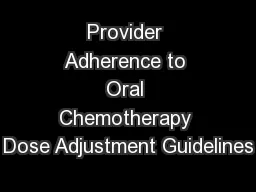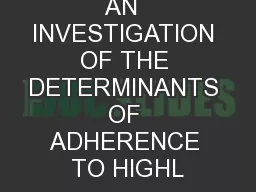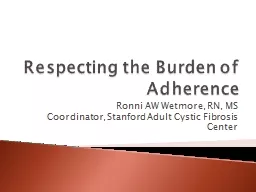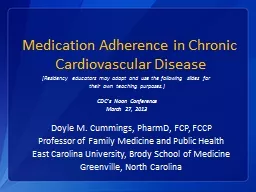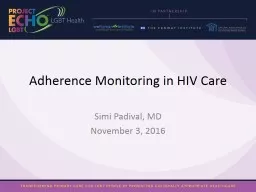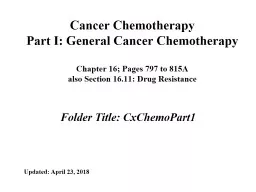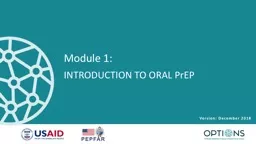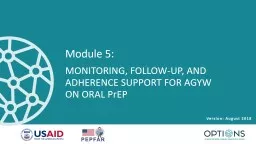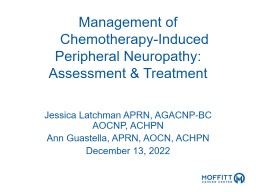PPT-Provider Adherence to Oral Chemotherapy Dose Adjustment Guidelines
Author : alida-meadow | Published Date : 2018-12-04
UT Clinical Safety amp Effectiveness Conference San Antonio TX October 2728 2011 Amy Fowler MD Alexis Kennedy CPNP Naomi Winick MD The Team Team Members CSampE
Presentation Embed Code
Download Presentation
Download Presentation The PPT/PDF document "Provider Adherence to Oral Chemotherapy ..." is the property of its rightful owner. Permission is granted to download and print the materials on this website for personal, non-commercial use only, and to display it on your personal computer provided you do not modify the materials and that you retain all copyright notices contained in the materials. By downloading content from our website, you accept the terms of this agreement.
Provider Adherence to Oral Chemotherapy Dose Adjustment Guidelines: Transcript
Download Rules Of Document
"Provider Adherence to Oral Chemotherapy Dose Adjustment Guidelines"The content belongs to its owner. You may download and print it for personal use, without modification, and keep all copyright notices. By downloading, you agree to these terms.
Related Documents

